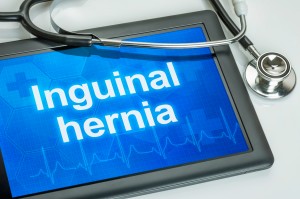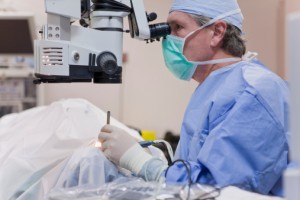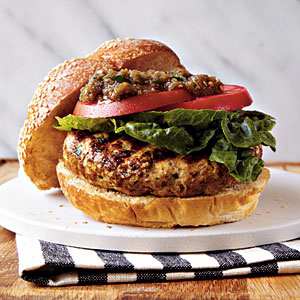 Everyone has some degree of stress in their lives. Health concerns, family and relationship issues, financial problems can all cause stress which can ultimately affect one’s health.
Everyone has some degree of stress in their lives. Health concerns, family and relationship issues, financial problems can all cause stress which can ultimately affect one’s health.
Stress has been shown to raise the levels of certain hormones such as adrenaline and cortisol. Stress can affect the way blood clots and that can increase the risk of a heart attack.
Stress can:
- Cause ulcers
- Exacerbate asthma
- Lead to digestive problems
- Cause problems sleeping
- Elevate blood pressure
- Lead to coronary artery disease
Stress can lead to unhealthy behaviors such as overeating, smoking and alcohol consumption. These activities are considered coping mechanisms that can lead to additional health problems. It is very important to identify the sources of stress and learn to manage them. Some tips to manage stress include:
- Learning to cope
- Having a positive approach to situations
- Starting an exercise regime
- Eating healthy
- Getting proper rest
If these don’t work, you can speak with a medical professional who can prescribe medication. The important thing to remember is that by reducing stress you will also be lowering the likelihood of developing long term health issues.
All content of this newsletter is intended for general information purposes only and is not intended or implied to be a substitute for professional medical advice, diagnosis or treatment. Please consult a medical professional before adopting any of the suggestions on this page. You must never disregard professional medical advice or delay seeking medical treatment based upon any content of this newsletter. PROMPTLY CONSULT YOUR PHYSICIAN OR CALL 911 IF YOU BELIEVE YOU HAVE A MEDICAL EMERGENCY.









 America’s expanding waistline may be responsible for another growing problem in our country – sleep apnea. Approximately 18 million Americans suffer from sleep apnea and many of them are overweight or obese. In fact, the most common cause of Obstructive Sleep Apnea in adults is obesity.
America’s expanding waistline may be responsible for another growing problem in our country – sleep apnea. Approximately 18 million Americans suffer from sleep apnea and many of them are overweight or obese. In fact, the most common cause of Obstructive Sleep Apnea in adults is obesity.